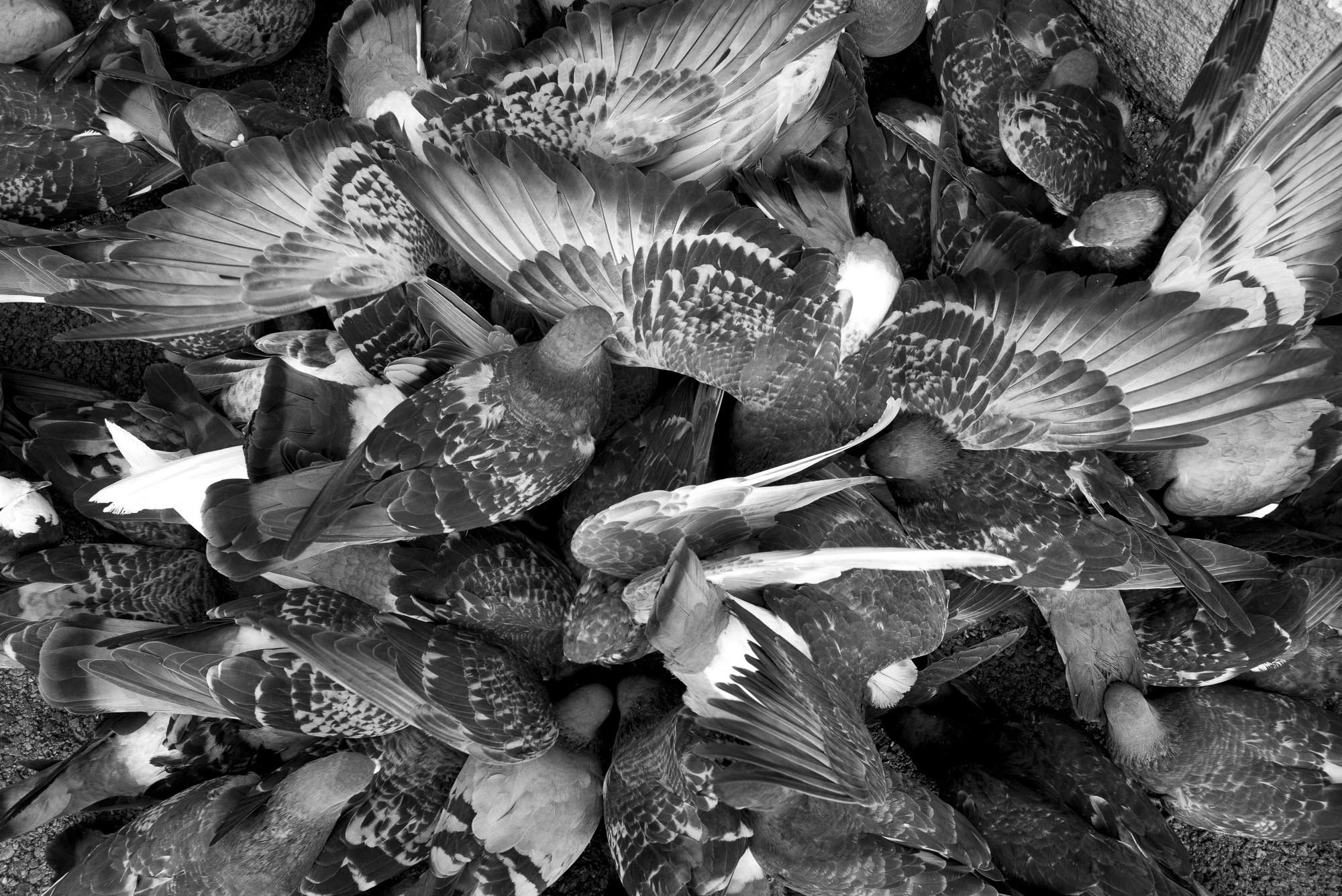
THE WHITE CITY
Belgrade, or Beograd in Serbian, translates to “White City”—a name that echoes its ancient past while reflecting the stark contrasts of its present.
This series offers a broader reflection on Belgrade as a whole—a city in motion, where history lingers in crumbling facades, where the old and new exist in a delicate balance, and where daily life unfolds in the streets, markets, and hidden corners.
Daily markets, for example, are an integral part of Belgrade’s city life and its people’s routines. Places like Bajloni and Kalenic are more than just centers of commerce; they serve as social hubs where Belgraders gather, exchange news, and uphold traditions that have endured for decades. These markets stand in stark contrast to Kneza Mihaila, the city’s polished pedestrian boulevard lined with high-end shops and cafés. While the markets thrive on routine and necessity, Kneza Mihaila symbolizes wealth and aspiration—two opposing yet inseparable faces of the same city.
At the same time, the Roma community, though not fully integrated or widely accepted, plays a crucial yet often overlooked role in Belgrade’s ecosystem. Through informal recycling, Roma families collect, repurpose, and resell discarded materials, forming an unofficial yet essential waste management system. They give new life to what others throw away—selling found objects, crafting makeshift vehicles from salvaged parts, and contributing to the city’s hidden economy. Their presence is undeniable, yet they remain on the periphery—visible, yet often ignored.
Rather than presenting an idealized vision, this series provides a direct and unsentimental look at Belgrade—a city in transition, shaped by resilience, contrast, and the unfiltered beauty of everyday life.










































